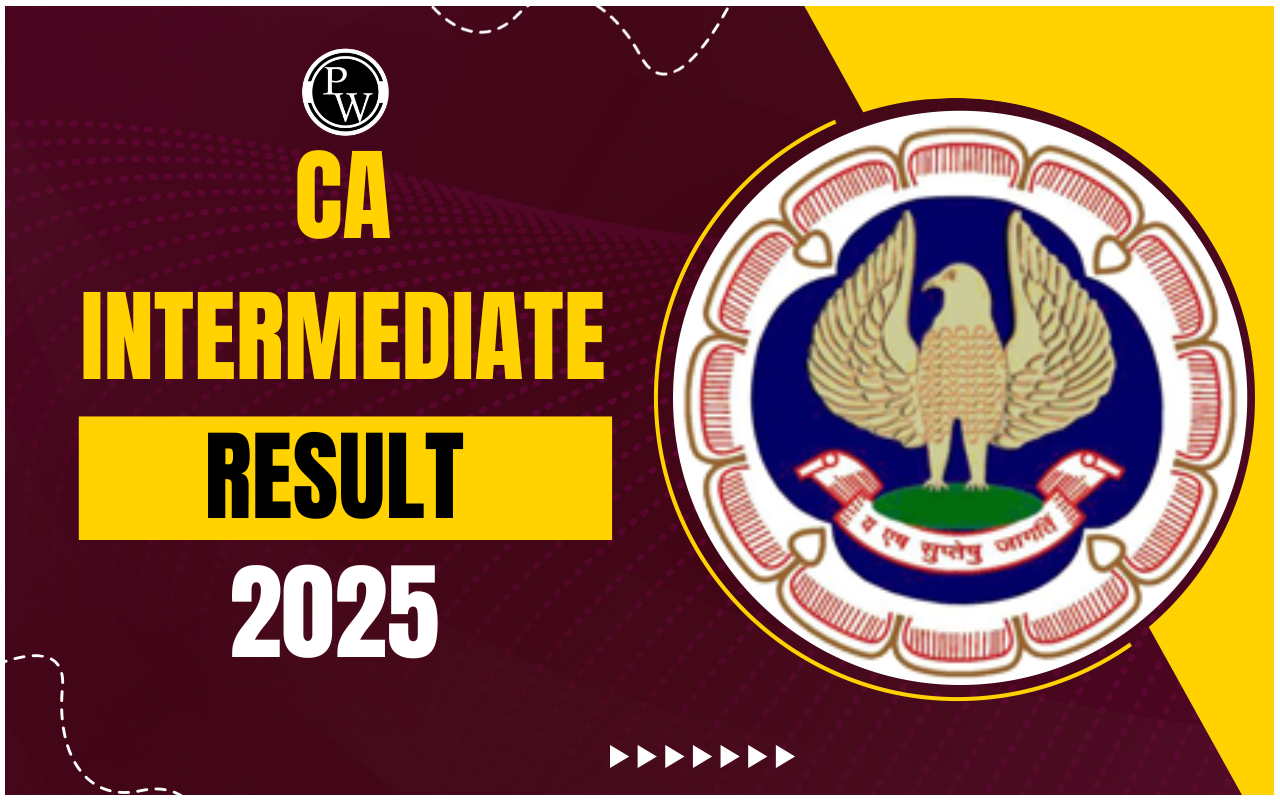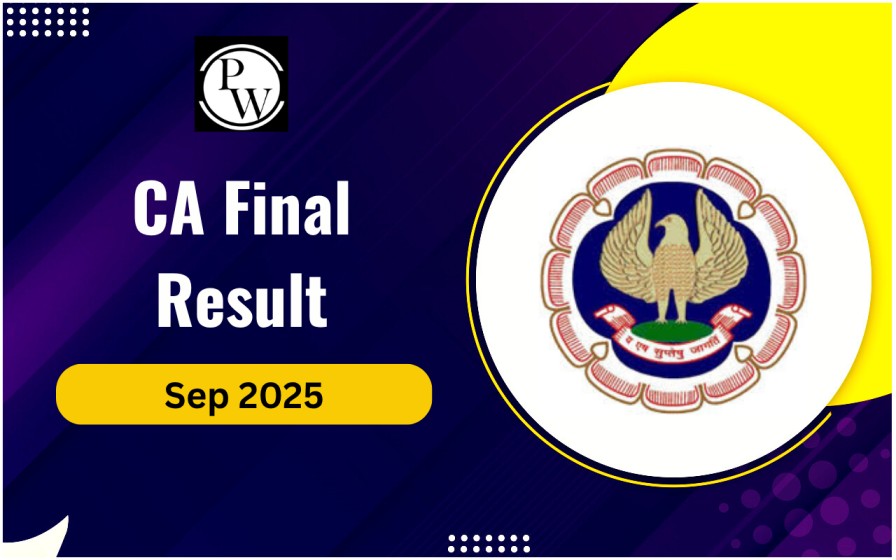
Data Analytics and Business Intelligence (BI) are both crucial for modern businesses. However, they have distinct purposes. Business intelligence focuses on gathering and analyzing data to help companies make informed decisions. On the other hand, data analytics involves deeper examination of data to uncover insights and patterns.
In this article, we'll explain the fundamentals of both concepts for CA Exams and highlight their unique characteristics. By the end, you'll have a clear understanding of how BI and data analytics differ.What Is Data Analytics?
Data analytics involves gathering, cleaning, organizing, and analyzing data to gain valuable insights for decision-making. It's not just for business; it's used in various fields like science, government, and education too. You might confuse it with business intelligence, but there are differences. Data analytics digs deep into the analytics process, while BI focuses more broadly on business insights. Though it's commonly used in business, data analytics isn't limited to it. While data analytics may include features like dashboards and custom reports, these are extras, not core components of the process. They're handy tools, but not essential.Types of Data Analytics
Data analytics, a technical field, can be split into four main parts:- Descriptive Analytics: This type gives an objective overview of past events, like saying 'A' happened.
- Diagnostic Analytics: It goes beyond describing events to figuring out why they occurred, like saying 'A' happened because of 'B'.
- Predictive Analytics: This predicts future trends based on past data, like saying since 'A' happened, 'C' will likely happen.
- Prescriptive Analytics: This suggests actionable steps to reach a goal, like saying to achieve goal X, you need to do action Y.
| Also Check: | |
| Management Accounting | Financial Accounting |
| Auditing and Assurance | Taxation |
| Financial Management | Business Laws and Ethics |
What Is Business Intelligence?
Business intelligence (BI) is all about turning raw data into useful insights that help businesses make smart decisions. Basically, it's about using strategies, technologies, and tools to understand what's going on in a company and figure out what to do about it. There are two main parts to BI. First, there's the process of gathering and presenting insights. Second, there are the insights themselves. When we talk about BI, it's important to know whether we're talking about the process or the results. The process of getting insights involves things like:- Keeping an eye on what's happening right now
- Creating and sharing dashboards
- Comparing performance with industry standards
- Using specialized software like Power BI
- Managing how well things are going
- Digging into data and text to find patterns
- Analyzing data to understand trends
Purpose of Business Intelligence
The main goal of business intelligence is to enhance how a company makes decisions and plans its strategy. But when it comes down to it, the bottom line is making money. We live in a system where profit matters most. How businesses go about chasing profit can vary a lot depending on the situation. For example, a toy company might use business intelligence to sell more toys during Christmas, while a social media platform might focus on getting more people to click on ads. But whether it's toys, social media, or any other industry, the end goal is the same: making more money by running the business better. This involves looking at lots of different data, like sales numbers, profit margins, and employee attendance. It's called business intelligence because it's all about understanding and improving how a business operates to make more profit.Difference Between Data Analytics and Business Intelligence
Understanding the difference between data analytics and business intelligence can be tricky, but let's break it down:Getting Insights: Business intelligence helps make decisions with insights from data, while data analytics turns raw data into useful insights.
Looking Back vs. Looking Ahead: Business intelligence looks back at what's happened to plan for the future, while data analytics predicts future trends based on past data.
Type of Data: Business intelligence deals with organized data stored in databases, while data analytics starts with messy, real-time data that needs sorting.
Who Uses It: Business intelligence is for non-tech leaders, while data analytics is for tech-savvy analysts and programmers.
Scope: Business intelligence looks at the big picture, while data analytics focuses on specific questions or problems.
How It's Presented: Business intelligence presents insights clearly through graphs and reports, while data analytics involves complex processes like digging into data to find insights.
While these differences help, sometimes the lines blur between the two, which is why people mix up the terms. Take your understanding of Data Analytics and Business Intelligence to the next level with PW CA Courses! Master essential concepts and excel in your exams. Enroll now for comprehensive learning.| Also Check | |
| Professional Ethics and Code of Conduct | Capital Budgeting and Investment Decisions |
| Working Capital Management | Commercial Laws |
| Corporate Laws | Contract Law |
Data Analytics and Business Intelligence FAQs
What is the main difference between data analytics and business intelligence?
How do data analytics and BI contribute to decision-making in businesses?
What are the key components of data analytics?
Who typically uses business intelligence?
Can you provide examples of predictive analytics and prescriptive analytics?









